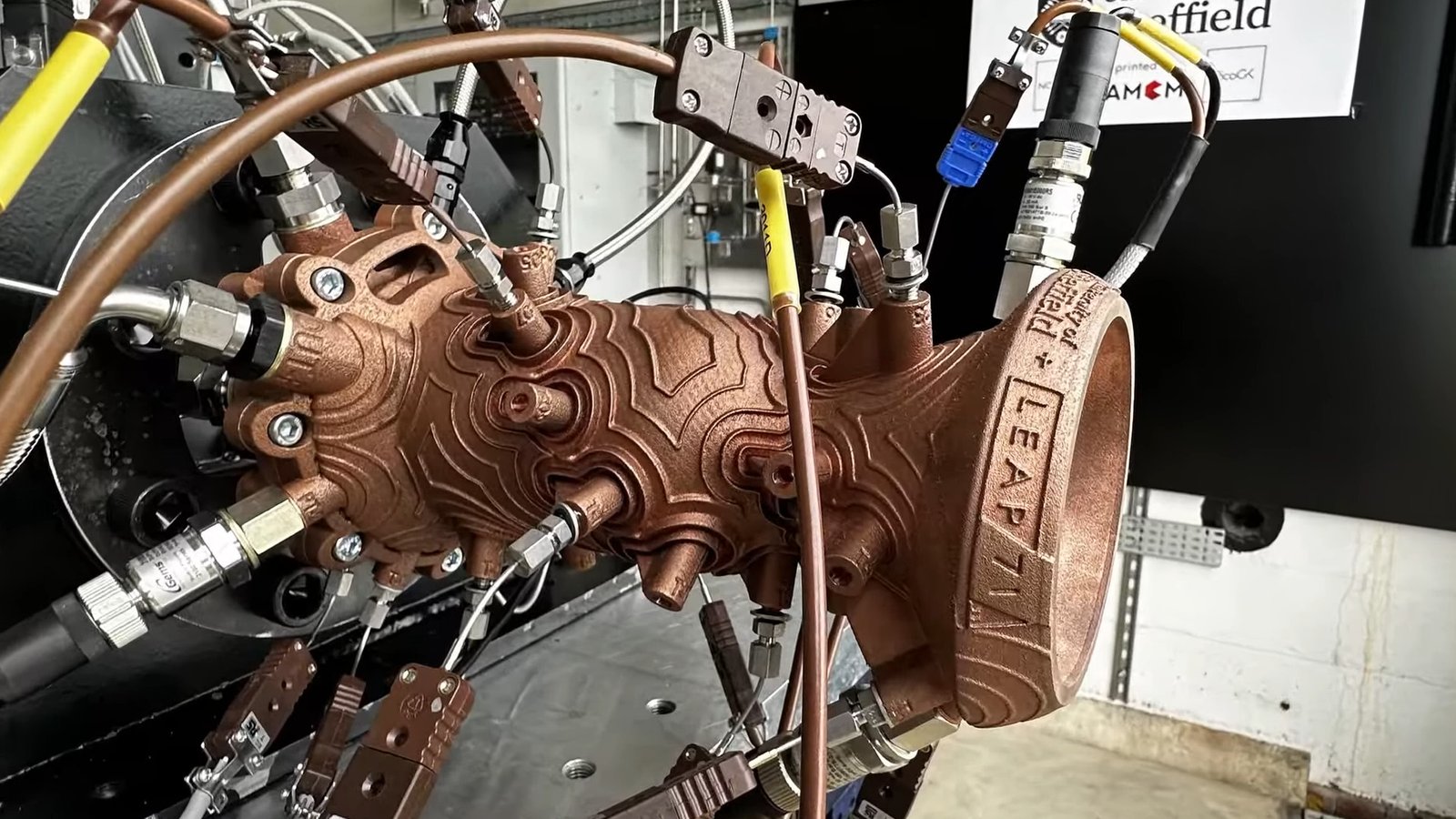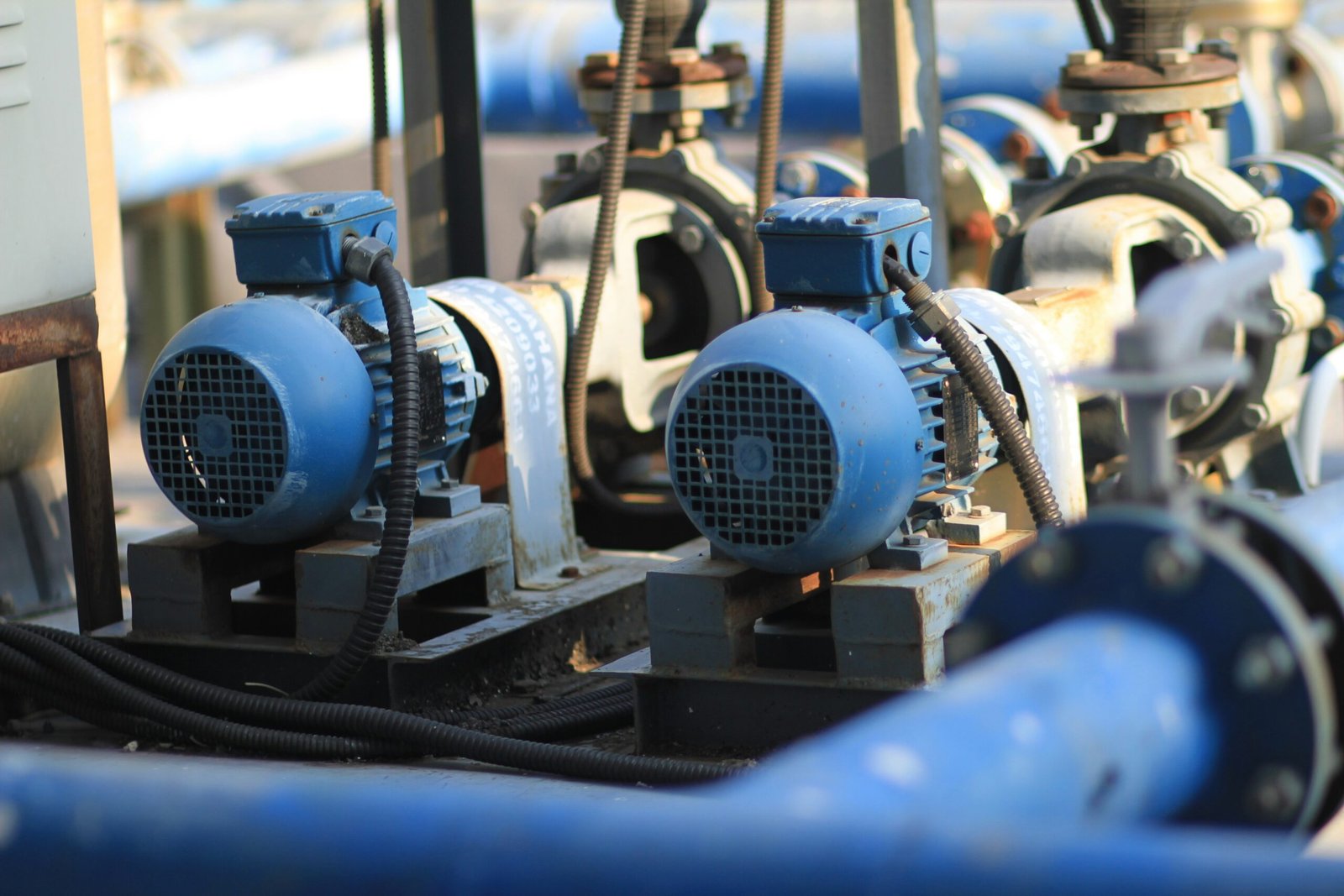Understanding Predictive Maintenance
Predictive maintenance is an advanced approach used in industrial settings to enhance the operational efficiency of equipment, particularly motors. It leverages data analysis and monitoring technologies to predict when maintenance should be performed, allowing organizations to address potential failures before they occur. Unlike traditional maintenance strategies—which typically rely on scheduled inspections or reactive repairs—predictive maintenance is proactive. This means that decisions regarding motor upkeep are based on data insights rather than predetermined intervals.
The main goal of predictive maintenance is to minimize unplanned downtime, which can severely disrupt production processes. By employing techniques such as vibration analysis, thermography, and oil analysis, companies can gather vital information about the condition of their motors. This data enables them to identify wear and tear or abnormalities that signal potential failures. As a result, maintenance activities can be scheduled at optimal times, ensuring that motors operate at peak performance and longevity.
The benefits of predictive maintenance extend beyond mere cost savings. By reducing unexpected equipment failures, organizations can avoid costly disruptions to production flows. Furthermore, this strategy can lead to lower maintenance costs overall, as it optimizes resource allocation and reduces the frequency of extensive repairs. Consequently, motors are likely to last longer, providing a better return on investment.
Key technologies driving predictive maintenance include the Internet of Things (IoT), machine learning algorithms, and data analytics platforms. These tools work together to collect and analyze vast amounts of operational data, allowing for more informed decision-making. As organizations look to enhance their maintenance strategies, understanding the underpinnings of predictive maintenance becomes essential, particularly in light of the evolving role of artificial intelligence in this domain.
The Role of AI in Predictive Maintenance
Artificial Intelligence (AI) has emerged as a transformative force in predictive maintenance, particularly in the field of motor maintenance. By leveraging machine learning algorithms and advanced data analytics, AI enables organizations to forecast equipment failures with greater accuracy and optimize their maintenance schedules. The integration of AI techniques provides a proactive approach, shifting maintenance from a reactive to a predictive model.
At the heart of AI-driven predictive maintenance lies the capability of machine learning algorithms to analyze vast amounts of data collected from motors and related systems. These algorithms identify patterns and anomalies in operational data, enabling early detection of potential failures. For instance, techniques such as supervised and unsupervised learning allow maintenance teams to classify conditions that typically precede motor failures, thereby predicting when intervention is required. As a result, businesses can significantly reduce unplanned downtime, leading to improved productivity and reduced costs.
Data analytics also plays a crucial role in the predictive maintenance landscape. By employing statistical analysis, organizations can interpret historical performance data to uncover trends that inform future maintenance needs. Furthermore, the advent of the Internet of Things (IoT) has revolutionized data collection, as smart sensors embedded in motors provide real-time data. This continuous stream of information enhances the accuracy and timeliness of predictions fed into AI systems, ensuring that maintenance actions are informed by the latest operational conditions.
Real-world applications of AI in motor maintenance illustrate its profound impact. Companies utilizing AI-driven predictive maintenance have reported substantial improvements, such as the ability to reduce maintenance costs by optimizing schedules based on actual motor performance data. As the technology evolves, the convergence of AI and IoT will further refine predictive maintenance capabilities, driving operational efficiency and reliability in motor systems.
Benefits of Implementing AI-Powered Predictive Maintenance
The integration of artificial intelligence (AI) into predictive maintenance strategies for motors offers a multitude of advantages that can revolutionize how industries manage their equipment. One of the primary benefits is significant cost savings. By utilizing AI algorithms to predict potential failures, organizations can minimize unplanned downtime, therefore reducing emergency repair costs and extending equipment lifespan. This proactive approach enables businesses to transition from reactive maintenance practices to more strategic, data-driven operations.
Improved operational efficiency is another critical advantage of AI-powered predictive maintenance. AI systems can analyze vast amounts of data generated from motor sensors, identifying patterns and anomalies that may indicate impending issues. This real-time monitoring facilitates swift intervention, ensuring that motors operate at optimal levels. Consequently, manufacturers experience reduced production delays, higher throughput, and increased overall productivity.
Decision-making is also enhanced through the data-driven insights provided by AI. Maintenance teams gain access to accurate forecasts of motor performance, enabling them to prioritize tasks based on urgency and impact. This optimized approach to resource allocation not only improves operational workflows but also fosters a culture of continuous improvement and innovation within maintenance teams.
Several case studies highlight the tangible outcomes of implementing AI in predictive maintenance. For instance, a leading automotive manufacturer reported a 30% reduction in maintenance costs after incorporating AI analytics into their systems. Similarly, a global chemical company experienced a 25% increase in operational efficiency, attributing these gains to the timely interventions made possible through AI-based predictive analyses.
As industries further embrace AI technologies, the impact on overall production and maintenance culture will likely continue to evolve. Adopting AI in predictive maintenance not only streamlines processes but also aligns maintenance strategies with broader organizational goals, ultimately fostering a more proactive and efficient workplace environment.
Challenges and Future Trends in AI Predictive Maintenance
The implementation of artificial intelligence (AI) in predictive maintenance comes with several notable challenges that organizations must navigate. One of the primary hurdles is the need for skilled personnel proficient in both AI technologies and the specifics of the machinery involved. As predictive maintenance relies heavily on data analysis and machine learning algorithms, access to training programs and continued education in this domain is essential to bridge the talent gap. Furthermore, organizations must also address data privacy concerns associated with collecting and analyzing operational data. Ensuring compliance with privacy regulations while maintaining the integrity and security of sensitive information is crucial for fostering trust and enabling successful AI integration.
Another challenge arises from the need to integrate AI solutions with existing legacy systems. Many industries continue to utilize older equipment that may not be compatible with the latest AI technologies. This integration requires not only technical adjustments but also a strategic approach to ensure fluid communication between new and old systems. As technological advancements move forward, the capability to seamlessly merge AI with legacy infrastructures will determine the overall success of predictive maintenance initiatives.
Looking towards the future, the field of AI predictive maintenance is poised for significant advancements. We can anticipate enhanced AI technologies that utilize more sophisticated algorithms, allowing for more accurate predictions and minimizing unexpected downtime. Moreover, there is an emerging trend towards better integration of AI with existing maintenance systems, and industries are likely to witness increased automation in predictive maintenance practices. As AI continues to evolve, industries are encouraged to embrace these innovations as part of their maintenance strategies. By doing so, they can achieve higher efficiency, reduced operational costs, and improved equipment reliability, ultimately leading to a competitive advantage in their respective markets.









